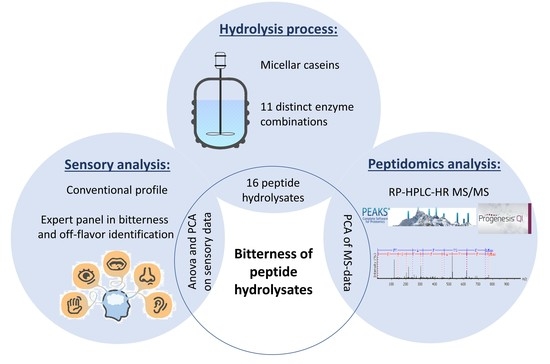

The standards and spiked samples were made from separate stock standards. L of gabapentin and levetiracetam Each standard was analyzed in duplicate and concentrations were calculated from the standard curve using concentrations of 1, 10, 30, 50, and 150 g/m. 020 23 10 Recovery and Imprecision: Linearity: The method linearity was evaluated by analyzing standards prepared at 1, 10, 30, 50 and 150 g/m. Mass Spec settings: Parent (m/z) Daughter (m/z) Dwell(sec) Cone (volts) Collision. 65 95 5 LC column temperature: 24 C (Room Temperature). L formic acid) Mobile phase gradient: Time` Flow rate %A(water) %B(ACN) 0. L formic acid) Mobile Phase: Bottle B: Burdick and Jackson or Fisher Optima Acetonitrile (ACN) with formic acid. 1 x 50 mm (Waters) Mobile Phase: Bottle A: Barnstead Nanopure water or equivalent with formic acid. Instrument settings: LC Seperation: Column: Acquity UPLC HSS T 3 1. The data analysis was performed using the Water Quanlynx software. The resolution of both quadrapoles was maintained at unit mass resolution with a peak width at half height of 0. The instrument utilizes ESI interface, multiple reaction monitoring (MRM), and positive ion mode. The Waters Acquity UPLC TQD ulilizes Masslynx software. The organic phase was then poured into an autosampler vial and analyzed by HPLC-MS/MS.

After the addition of this solution the samples were vortexed and centrifuged. Used in pain management, alcohol withdrawal, migraine therapy TQD Assay: The standards, controls, and patients were precipitated using a 50: 50 methanol: acetonitrile mixture that contained the Internal standard (IS) 3 -amino-2 -naphthoic acid. Elimination half-life of approximately 6 hours and clearance proportional to creatinine clearance v. Protein bound fraction of about 3%, excreted via the kidneys v. Structurally similar to gamma-aminobutyric acid (GABA). Novel anticonvulsant drug for adjunctive therapy of partial seizures. Conclusion: A simple, reliable TMS method was developed and validated for routine clinical monitoring of levetiracetam and gabapentin. L for leviteracetam, and no analytical interferences were identified. The analytical measurement ranges were 1 to 150 µg/m. Comparison data with HPLC-UV was excellent, as measured by a linear regression of y = 1.

Results: Method validation showed an intra-assay imprecision (CV) below 8% and an inter-assay CV below 5% for both analytes at four different values across the range with total imprecision less than 14%. Results obtained from patient samples were compared to results generated by established HPLC-UV methods.

Due to similarity in molecular weights between the compounds chromatographic separation was achieved. Secondary transitions for each analyte are also detected for gabapentin at 172. 11>126, and internal standard (3 -Amino-2 -naphtholic acid) at 188. The compounds are eluted into a Waters Acquity UPLC TQD, operating in a positive mode to detect gabapentin at transition 172. Elution occurs using a linear gradient of acetonitrile and water each having 0. Methods: After a protein crash with 50: 50 methanol: acetonitrile internal standard solution, 1 µL of supernatant sample is injected onto a Acquity UPLC HSS T 3 1. Here we describe a simple, rapid assay for the simultaneous monitoring of levetiracetam and gabapentin in plasma by UPLCMS/MS. Immunoassays are not currently available to support TDM of these anticonvulsant drugs. TM) Background: Levetiracetam and gabapentin are anticonvulsants with novel structures, and suggested therapeutic ranges of 5 to 30 µg/m. Millin 1, 2 1 ARUP Institute for Clinical and Experimental Pathology, Salt Lake City, UT, 2 Department of Pathology, University of Utah School of Medicine, Salt Lake City, UT Abstract Methods and Results (Keppra. Simultaneous UPLC-TMS assay for the detection of Levetiracetam and Gabapentin in serum and plasma.


 0 kommentar(er)
0 kommentar(er)
